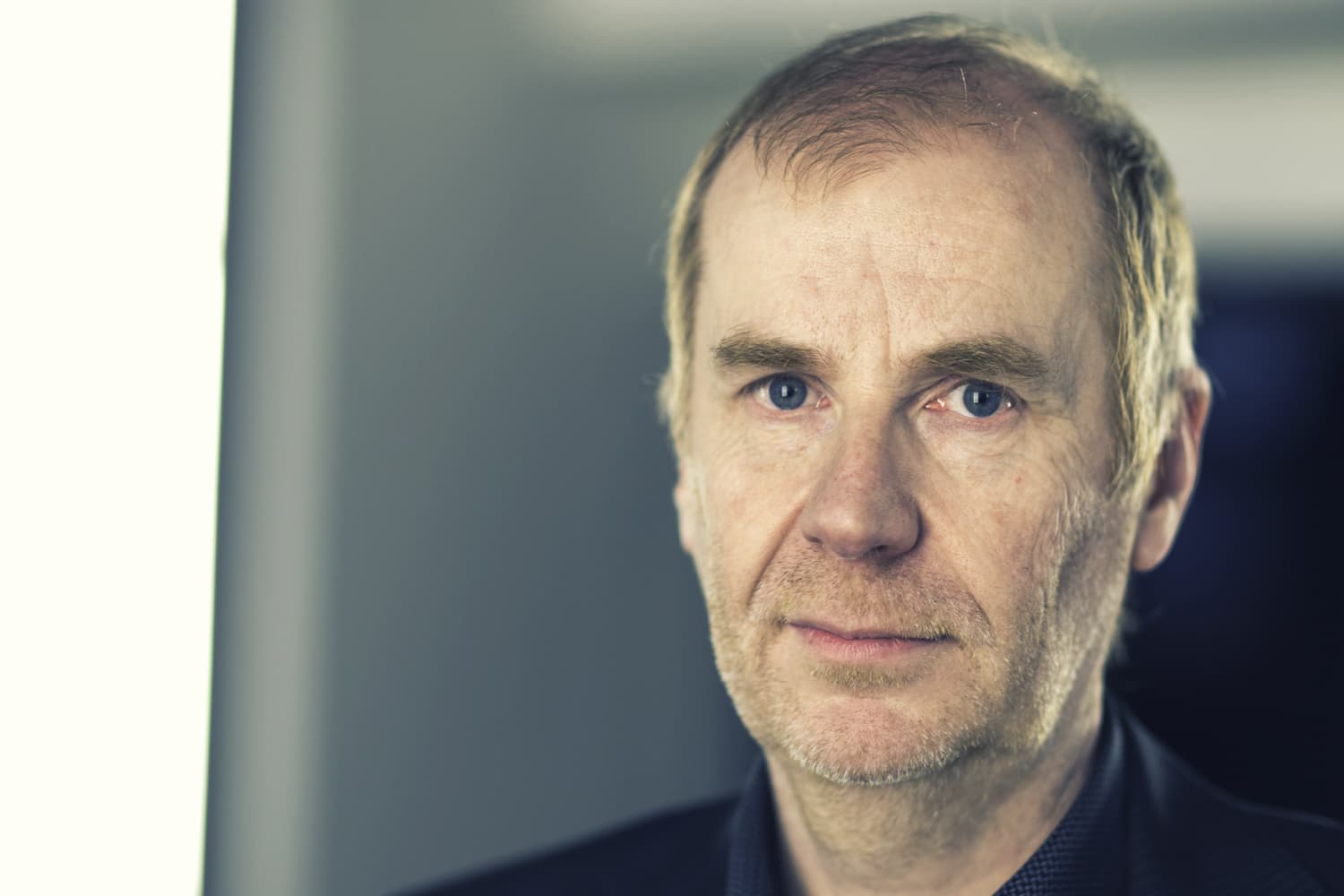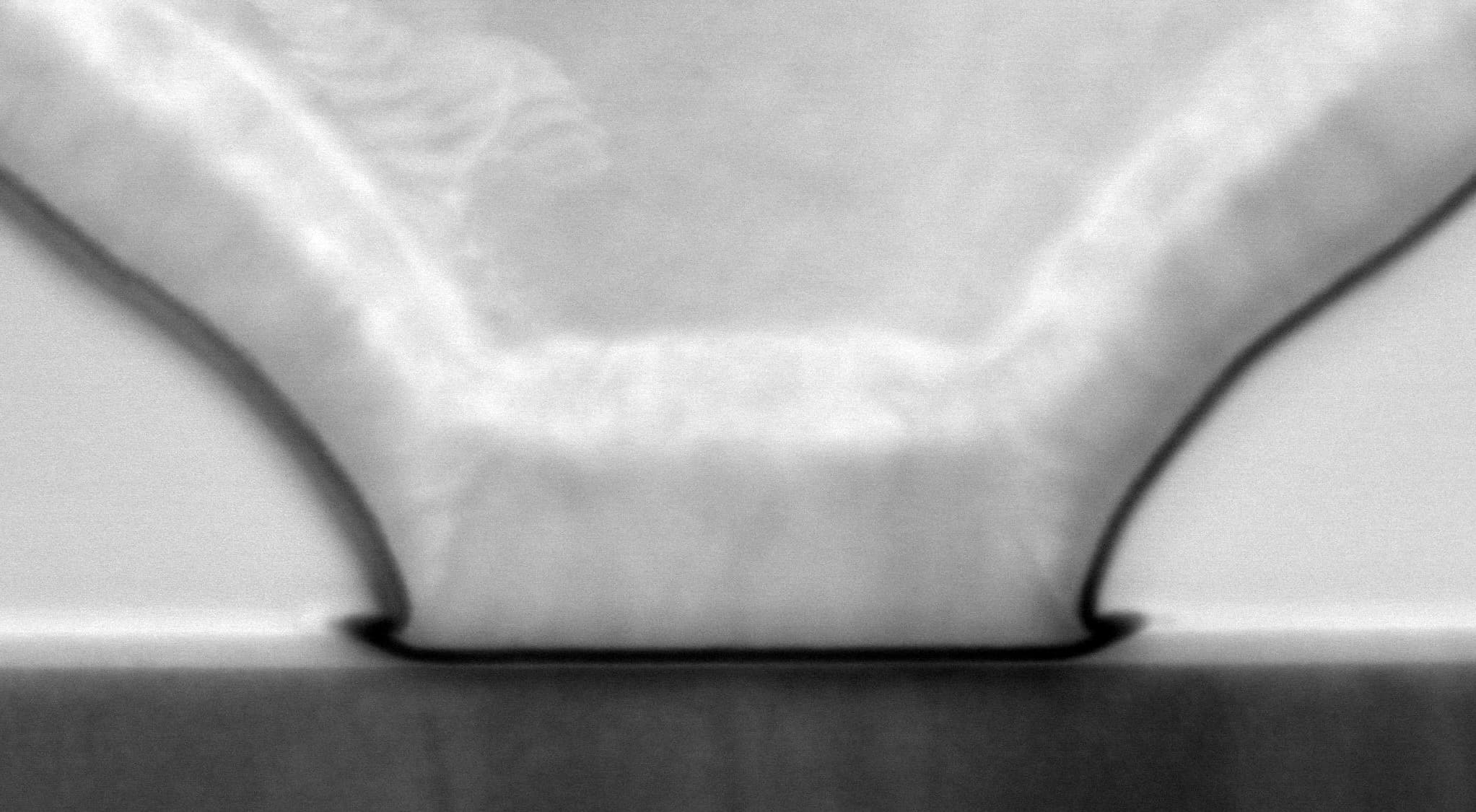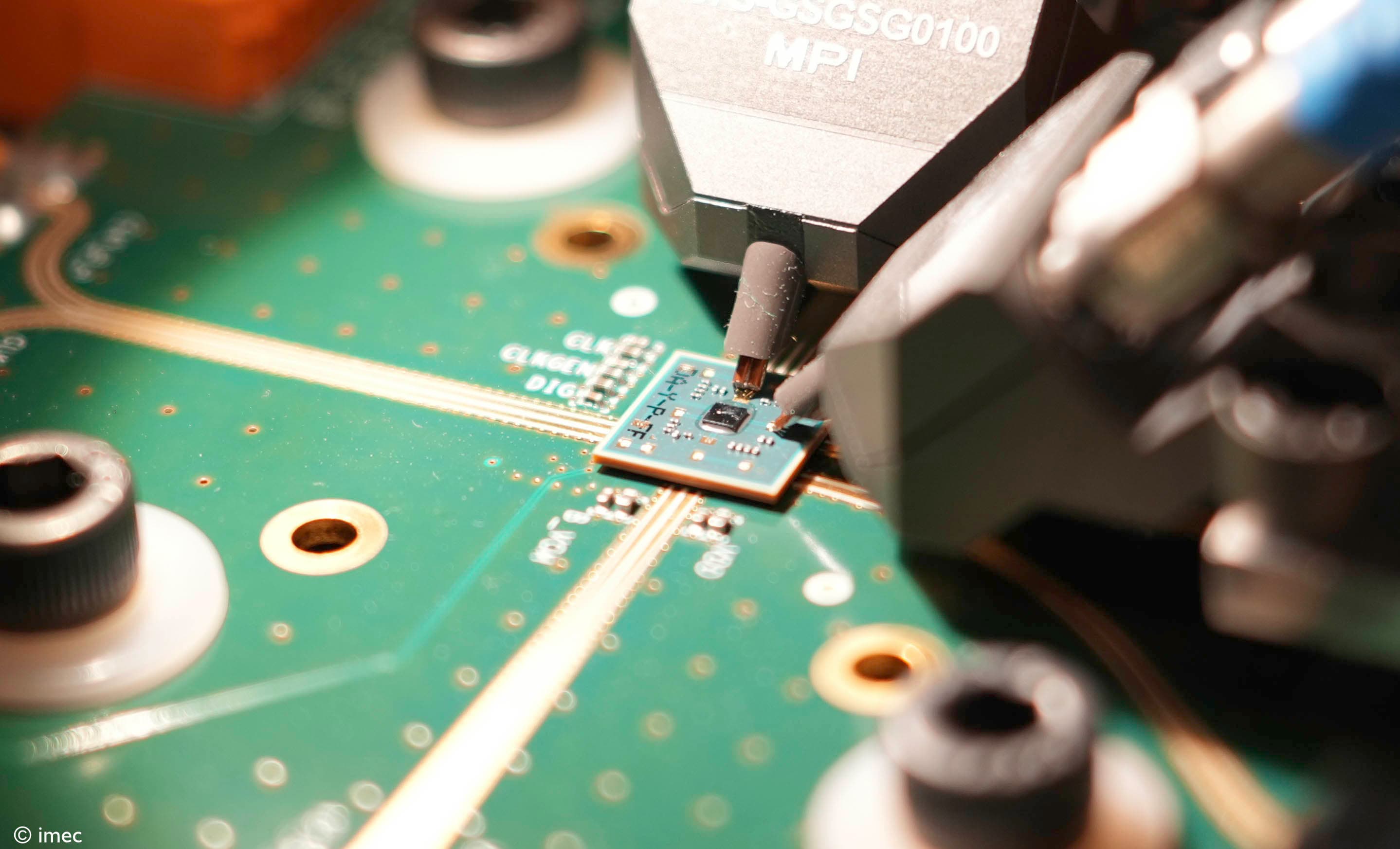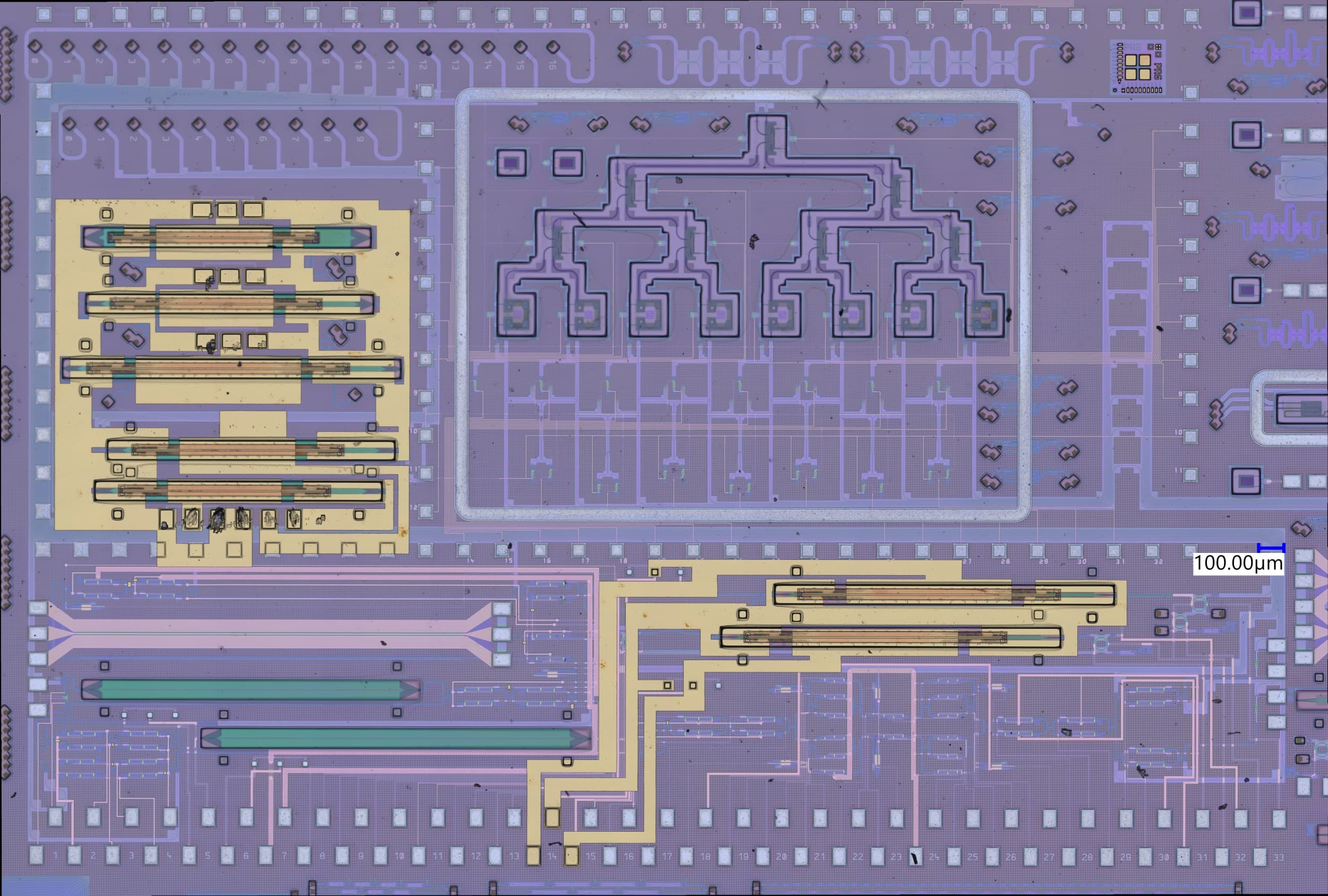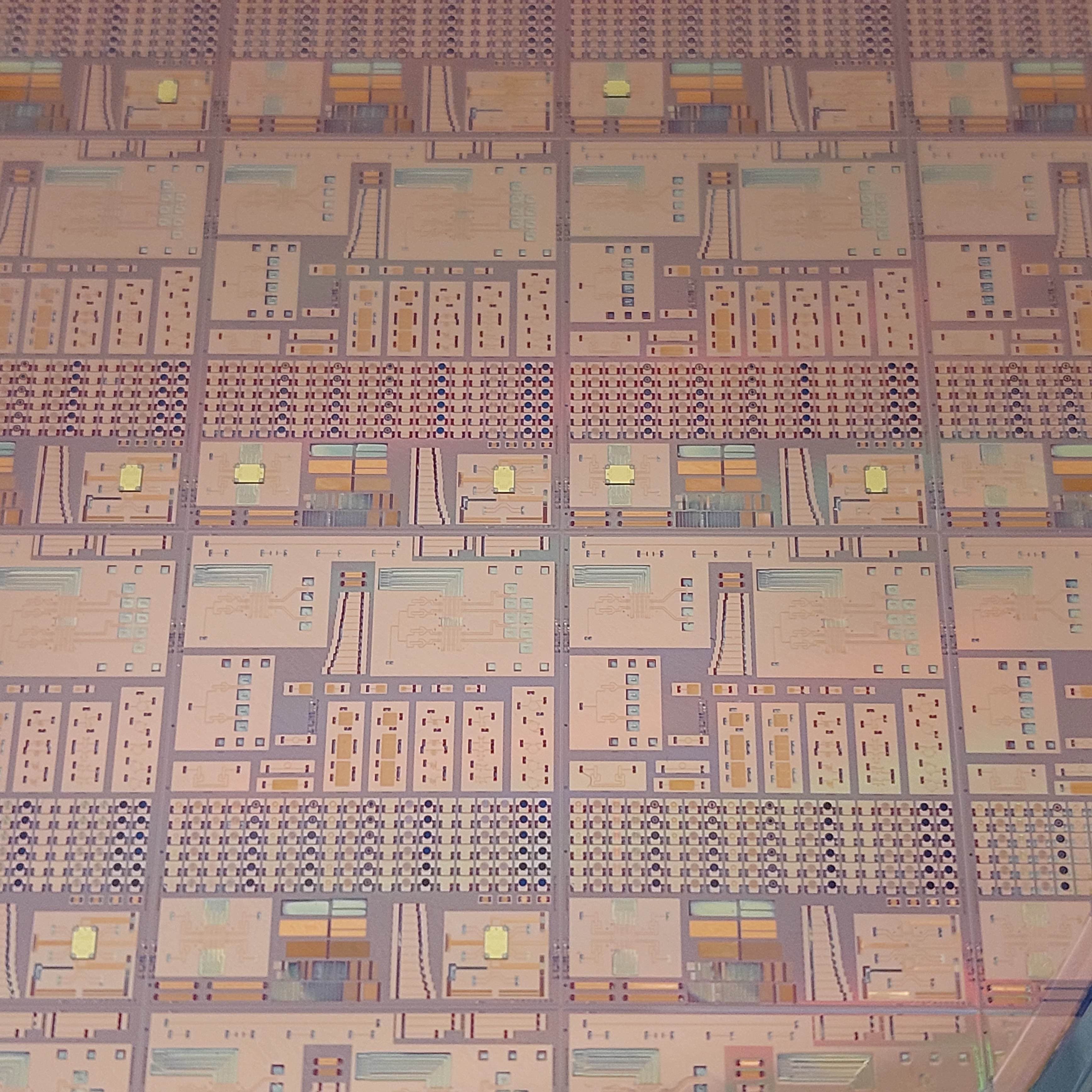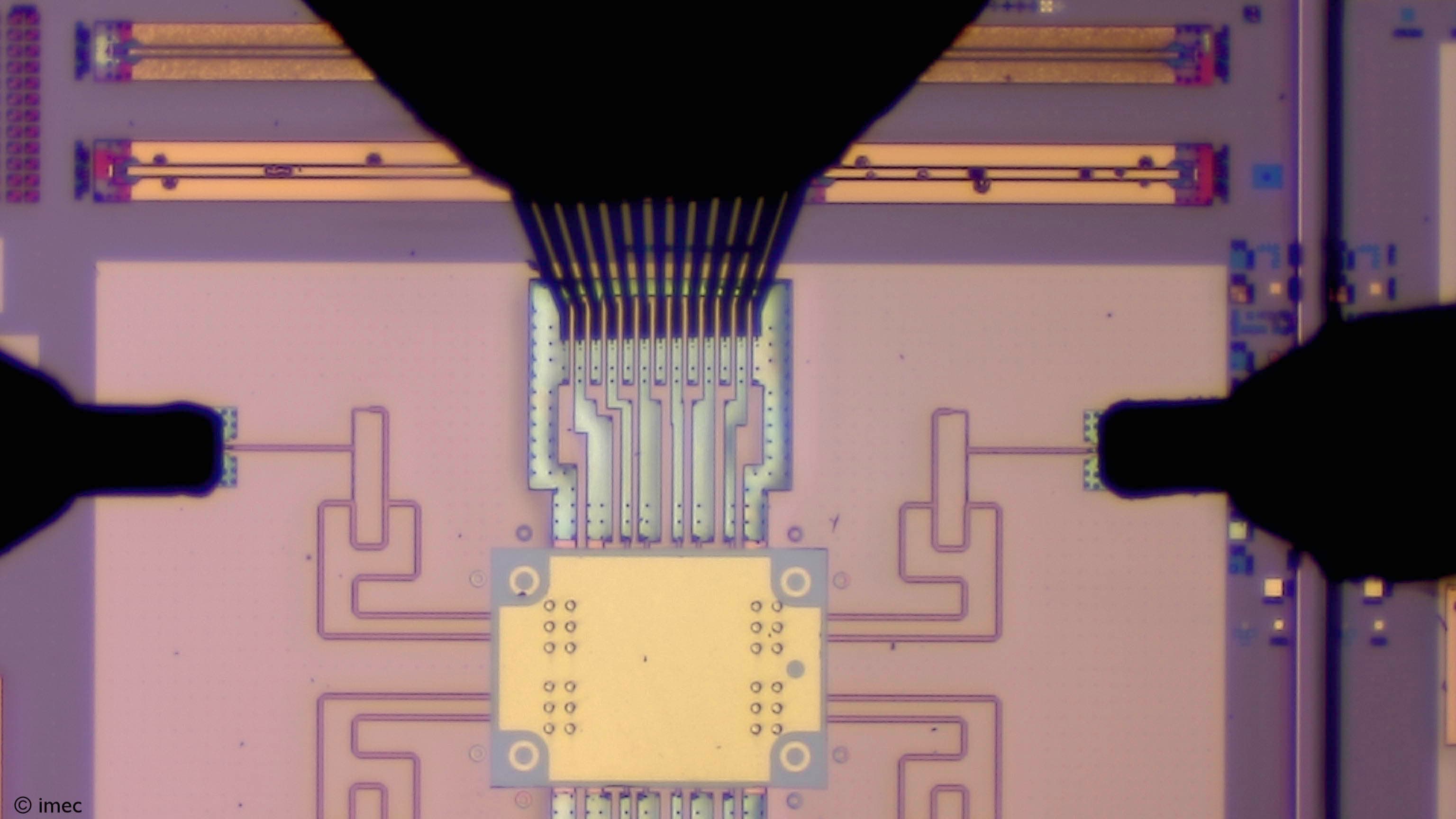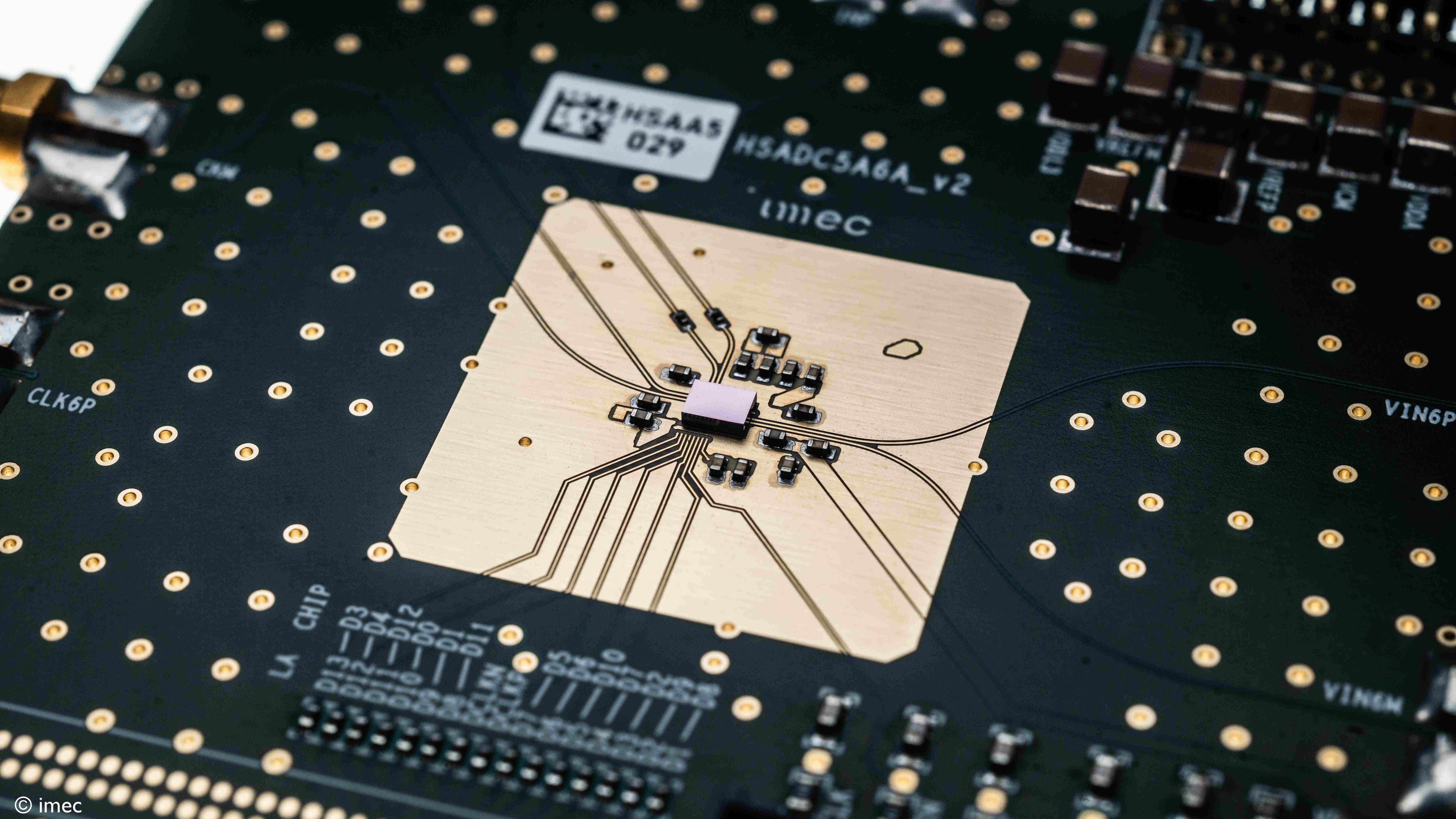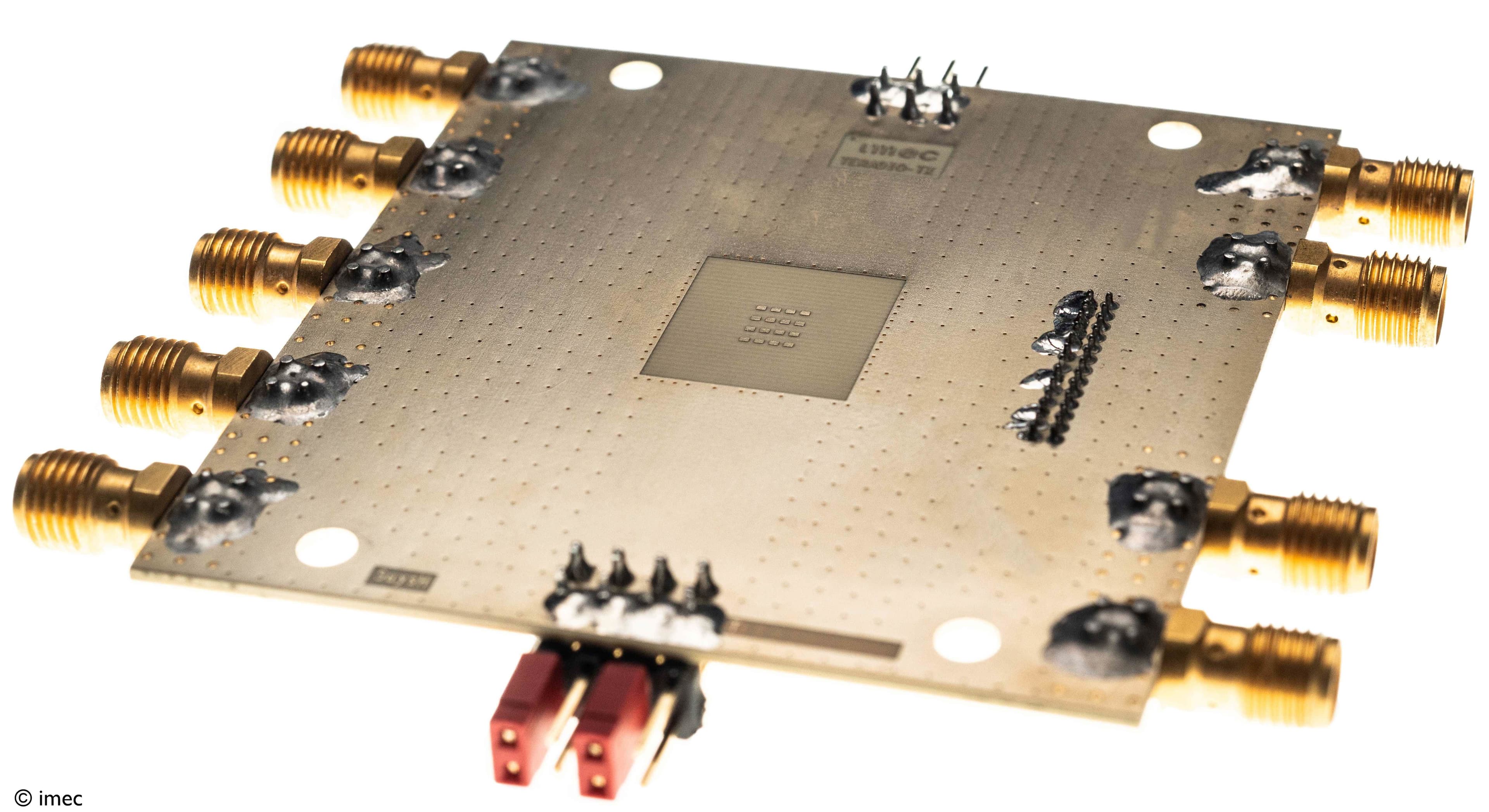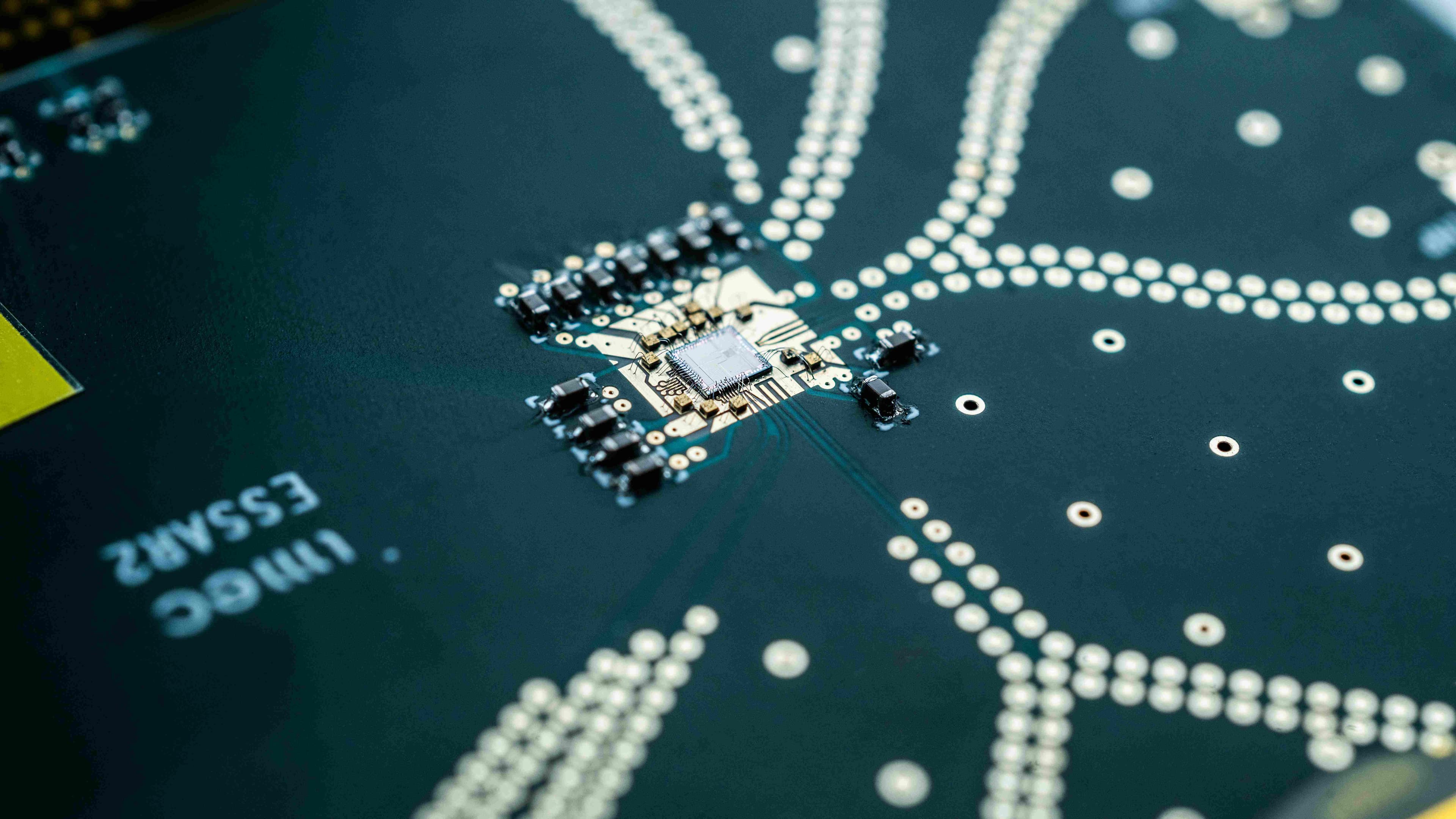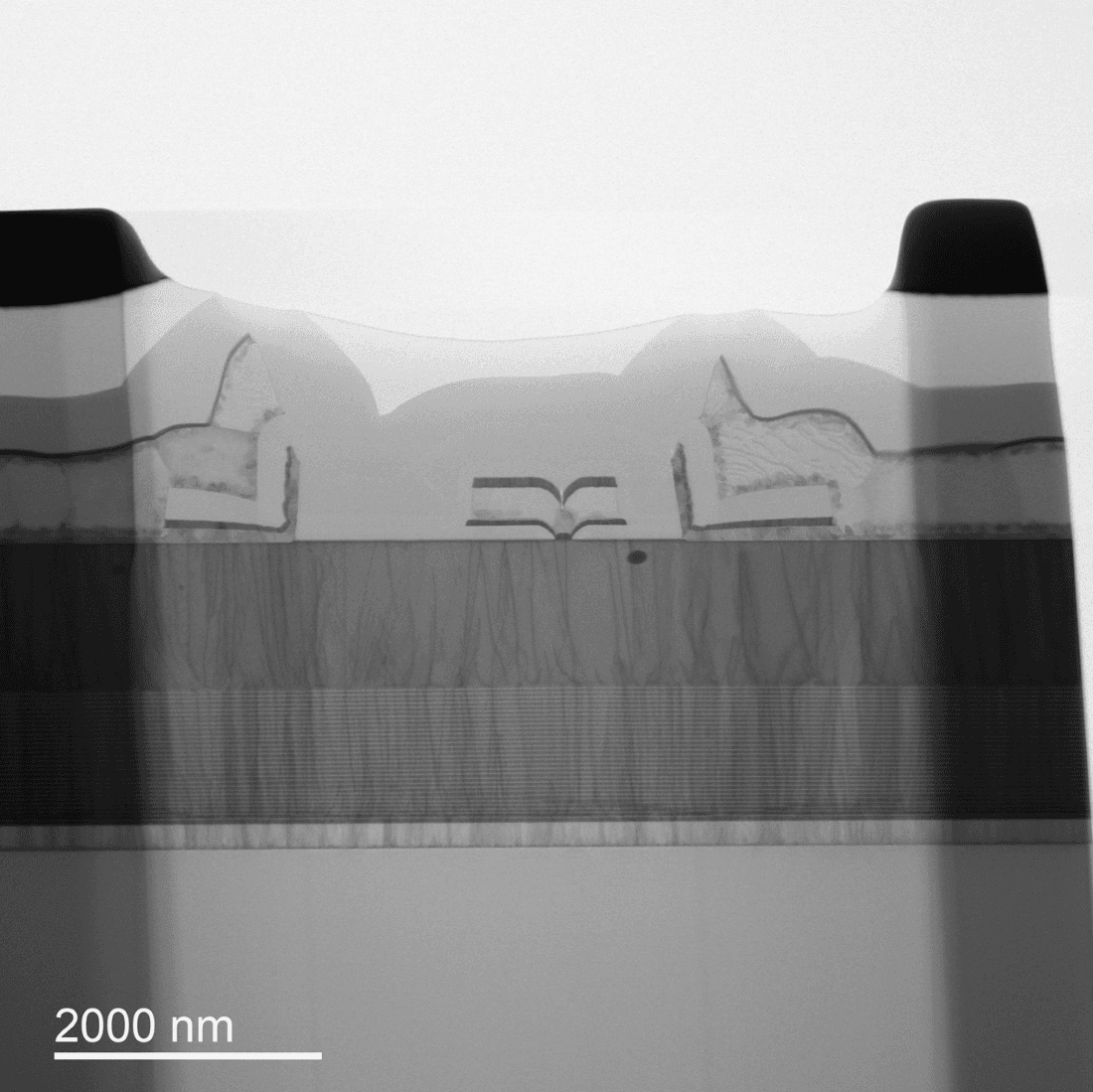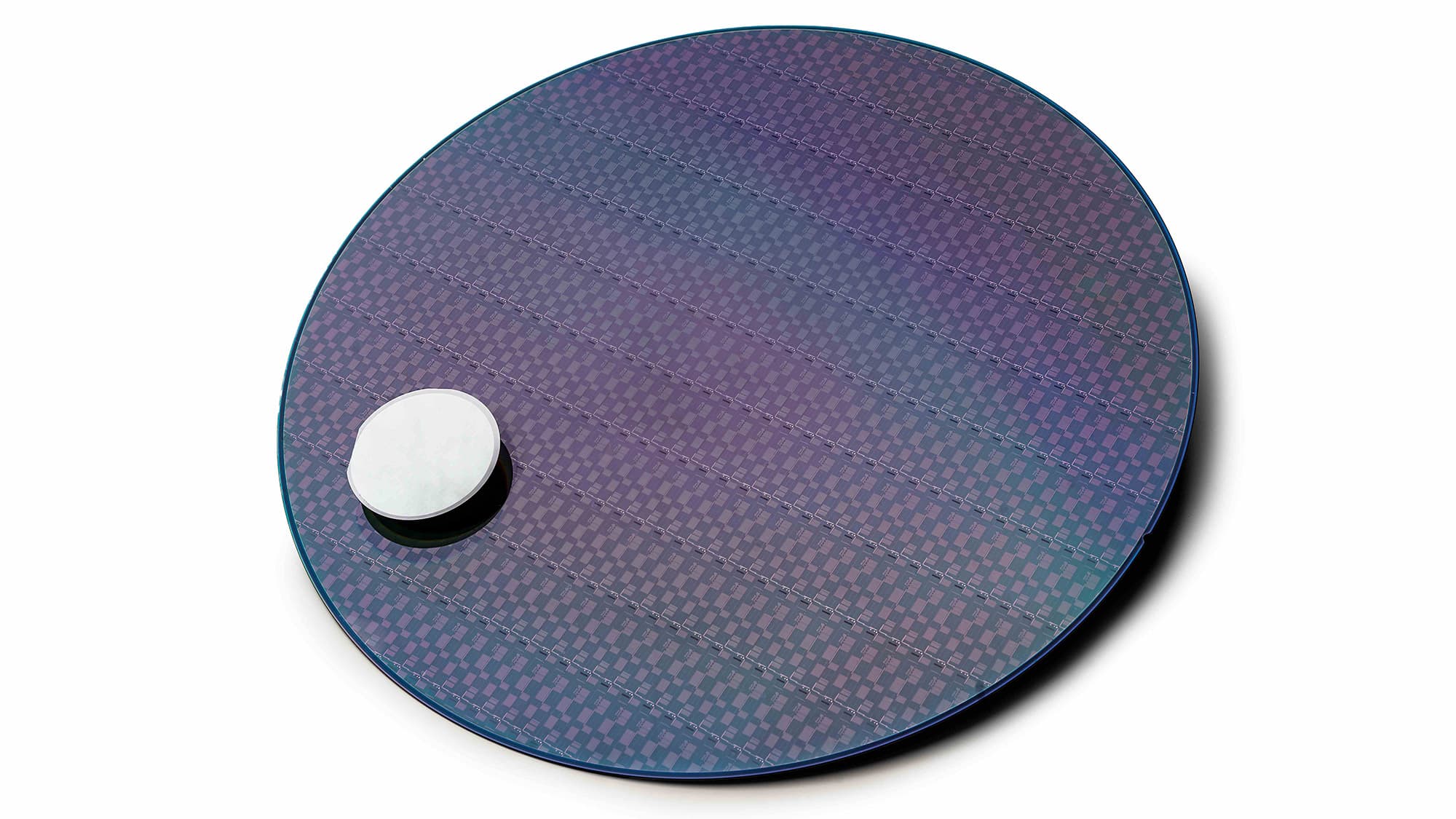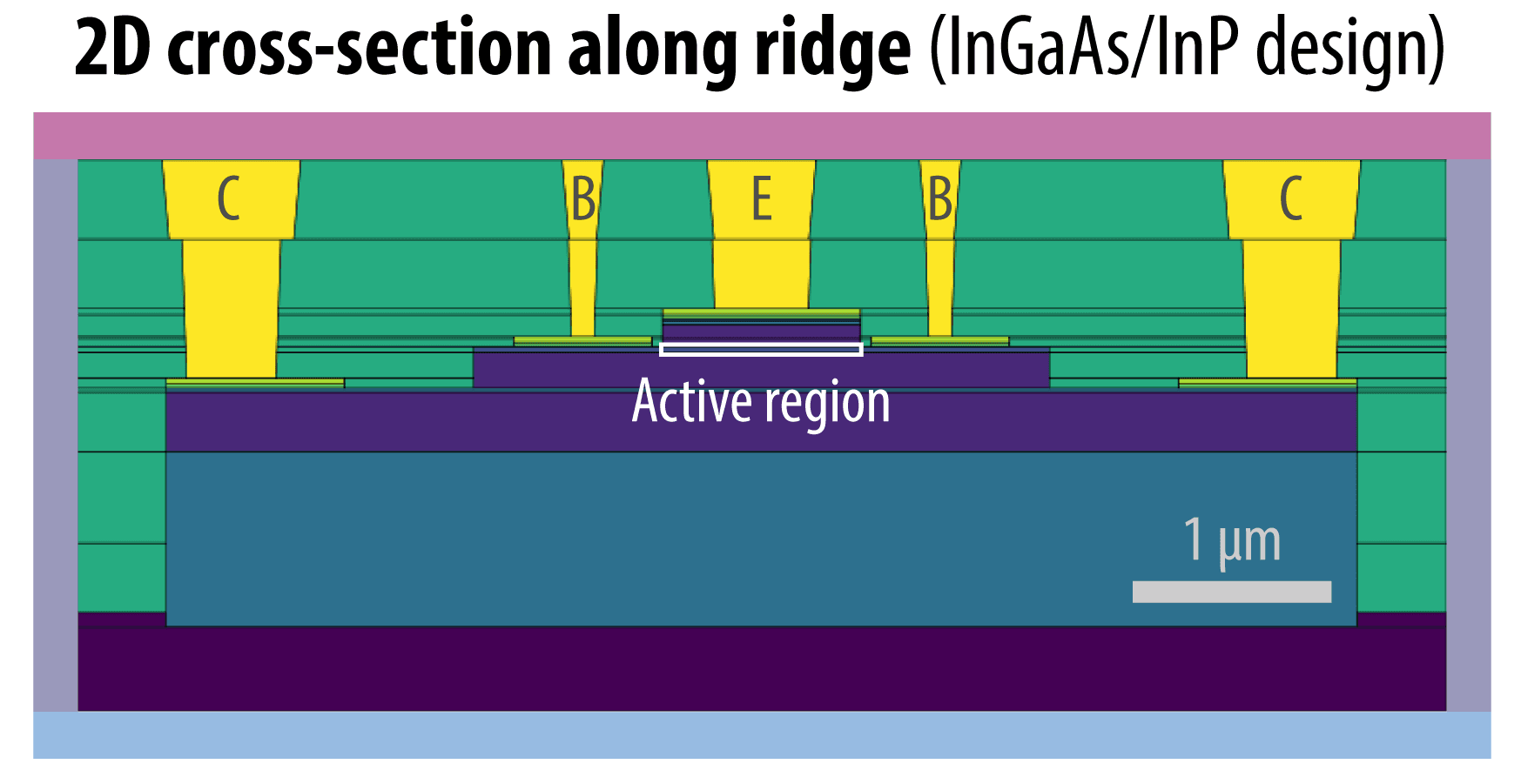Piet Demeester, Head of IDLab, an imec research group at Ghent University
The mainstream adoption of cloud computing applications and the projected, sevenfold increase in global mobile data traffic between 2016 and 2021 are just some of the recent trends that continue to boost the demand for high-speed broadband. To cater for that need, the international research community has increasingly been focusing on advancing optical communication systems, using light to transport huge amounts of data from one place to another.
The need for (ever more) speed
To transmit those light beams – and the data they carry – optical communication systems make use of optical fibers; flexible, transparent (glass or plastic) fibers with a diameter slightly thicker than that of a human hair. Compared to legacy (copper) cables, they enable data to be transmitted over longer distances, considerably faster.
At the September ’17 European Conference on Optical Communication (ECOC), for instance, Japanese researchers presented a massive breakthrough in terms of how much data can be transmitted through a single optical fiber – reaching a transmission speed of 10 petabits (10 million gigabits) per second; a landslide achievement that will undoubtedly revolutionize the way in which intercontinental fiber-optic communication networks will be built and operated going forward.

In pursuit of these ever more powerful optical communication systems, increasingly faster and efficient optical transmitters and receivers at both ends of the optical fibers need to be developed. And exactly that is one of the key strengths of our researchers at IDLab, an imec research group at Ghent University.
Breaking the barriers of fiber-optic communication
Our research in this space aims at improving the performance of four technologies in particular:
- Short-reach datacenter interconnects: using fiber optics to interconnect servers in a datacenter to an Ethernet switch – as to provide access to network resources or allowing server-to-server communication;
- Passive optical networks (PONs): a network architecture in which a single optical fiber provides multiple end-points (such as homes and offices) with high-speed broadband connectivity;
- Long-reach coherent technology: enabling the long-distance transmission of massive amounts of data over a fiber-optic cable – using modulation of the amplitude and phase of the light, as well as transmission across two polarizations;
- Radio-over-fiber for 5G (and beyond): as 5G networks require the deployment of a multitude of small cells, radio-over-fiber technology allows wireless signals to be optically distributed to these cells directly at high frequencies and converted from the optical to the electrical domain before being amplified and radiated by an antenna; as a result, no frequency up-down conversion is required at the cell, which results in less complex and more cost-effective implementations.
In 2017, our teams contributed significantly to pushing the data rates these technologies can accommodate.
In the datacenter realm, for instance, the broadband speeds attained by our demonstrators run 5 to 10 years ahead of the Ethernet Alliance’s standards. And the same goes for our research into PON networks, where we currently achieve bitrates 5 times higher than today’s commercial solutions.
New perspectives: radio-over-fiber
The radio-over-fiber (RoF) track is the latest addition to our research agenda, and will become increasingly important in the course of 2018.
As mentioned already, RoF is poised to become an essential enabler of the wireless ‘small cells’ technology that surrounds us today already – with large amounts of wireless antennas that each cover a small area (or cell) to enable very high-speed wireless broadband. The smaller the cell, the higher the bitrates that can be attained.
The trend towards installing increasingly smaller cells is not new; but the tendency to aggregate more and more functionality from individual small cells base stations in a so-called ‘cloud radio access network’ (cloud RAN, also called centralized RAN) is.
Traditional cellular networks consist of many stand-alone base stations, with each of those base stations processing and transmitting their own signals to and from mobile terminals, and forwarding the data payload to and from the mobile terminal and out to the core network. Each base station has its own cooling, backup battery, monitoring system, and so on.
In a setting where growing numbers of small cells are being installed, the value proposition of a centralized RAN is obvious: as functionalities and hardware are shared, costs decrease. And RoF will be fundamental to making the communication between a cloud RAN and its remote antennas as easy and cost-effective as possible.
Up until today, this topic has not yet been explored in detail by the international research community – so we really have the potential to generate substantial impact in this domain. One nice example is the so-called opto-antenna we developed; a passive antenna that directly connects to an optical fiber and that no longer requires an (electrical) amplifier to produce an RF signal.
With all of its active functionalities residing in the cloud RAN, our opto-antenna could easily be integrated in a number of materials (floor tiles, wall paper, etc.) for very high-speed wireless connectivity at short range. In our first tests, for instance, we achieved bitrates of 0.5 Gbps at distances up to 20cm.
The future is optical
In the next couple of years, the improvement and refinement of optical technologies will remain very high on our research agenda. If one needs to send lots of data over longer distances, it is clear that optics remains the way to go – not only in the wireline, but also in the wireless domain.
And our research into RoF will be fundamental to making this a reality. As wireless spectrum and spectral efficiency are reaching their scaling limits, deploying increasingly smaller cells will be key to continue to increase wireless bitrates. And more (cost-)efficient technologies, such as RoF, will be required to accommodate this.
Thanks to a close collaboration with other imec research teams working in the area of wireless communications and photonic technologies and devices, we are uniquely positioned to contribute to this evolution.
Piet Demeester is professor in the Faculty of Engineering and Architecture at Ghent University, IEEE Fellow and holder of an ERC Advanced Grant. He is also heading IDLab, an imec research group at Ghent University and the University of Antwerp.
After finishing a PhD on Metal Organic Vapor Phase Epitaxy for photonic devices in 1988, he established a research group in this area working on different material systems (AlGaAs, InGaAsP, GaN). This research was successfully transferred to imec in 2002. In 1992, Piet started research on communication networks and established the IBCN research group (now integrated in IDLab). IDLab is focusing on several advanced research topics: Distributed intelligence for IoT, Machine Learning, Data Mining, Semantic Intelligence, Multimedia Processing, Cloud and Big Data Infrastructures, Fixed and Wireless Networking, Electromagnetics and Transceiver IC Design for Optical and Optical-Wireless Networks.
Published on:
15 December 2017

